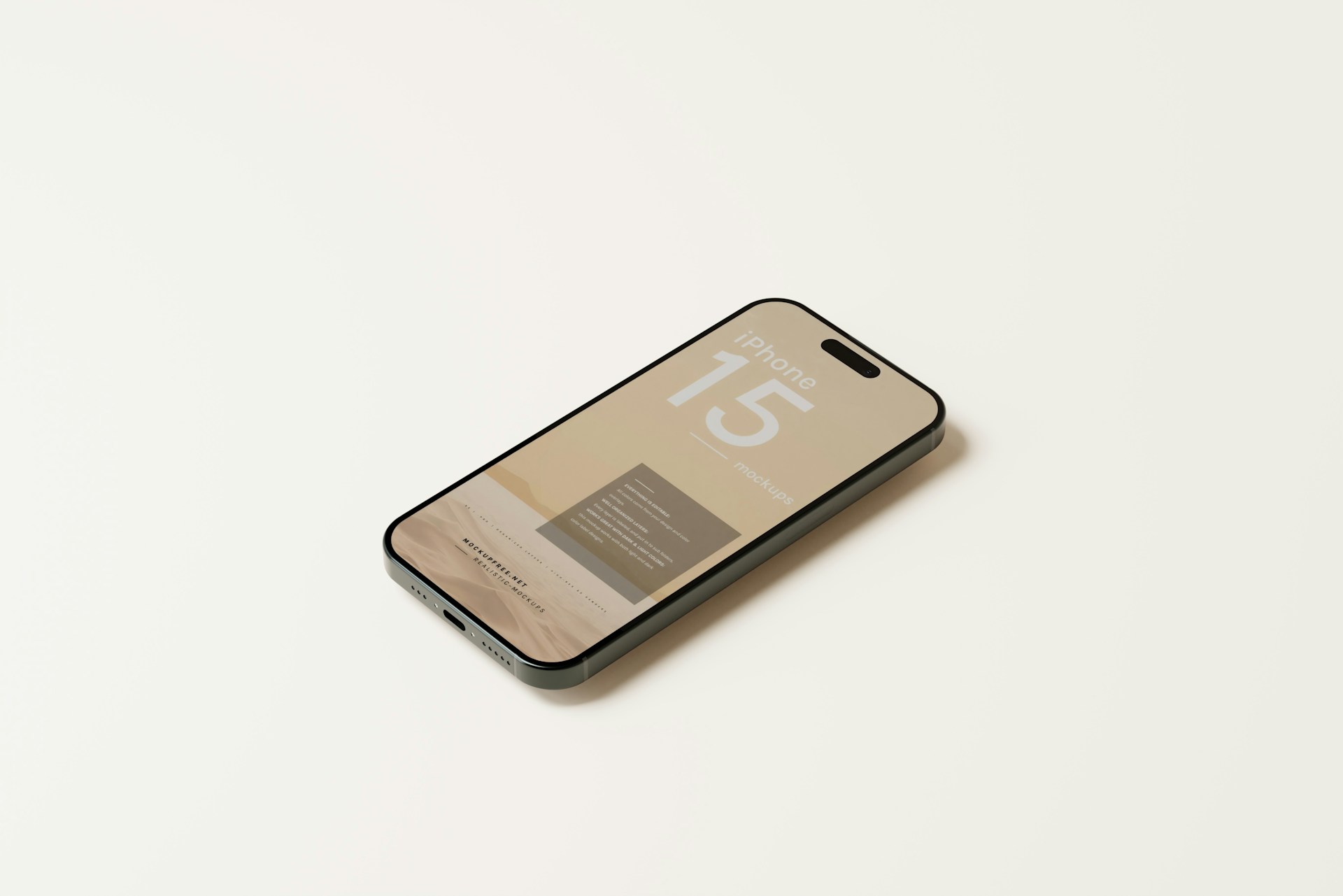Introduction
The definition of a “small phone” has evolved significantly over the past decade. What was once considered compact now seems even smaller by today’s standards. This shift is especially evident when comparing the iPhone 13 mini, released in 2021, with the iPhone 15, launched in late 2023.
Apple’s decision to discontinue the “mini” series and replace it with the “Plus” model highlights a broader consumer preference for longer battery life and larger screens over compact designs. In 2023, the smallest new iPhone in Apple’s lineup is the standard iPhone 15. While it is noticeably larger than the 13 mini, the transition to this size might be easier than some expect. Having experienced the iPhone 15 firsthand, its slightly larger form factor brings certain advantages that could make the change enjoyable.
Let’s dive into a detailed comparison to see how the iPhone 15 stacks up against the iPhone 13 mini in terms of performance, design, and features.
Performance and Chipset: A16 Bionic vs. A15 Bionic
One of the most significant upgrades in the iPhone 15 is its A16 Bionic chip, built on a 4nm process, compared to the A15 Bionic chip found in the iPhone 13 mini, which uses a 5nm process. This newer chipset not only offers better efficiency but also provides improved performance in tasks like gaming, photo processing, and multitasking.
The A16 chip allows for smoother operation under heavy workloads, while the 13 mini, though still capable, may show its age in demanding apps or prolonged usage scenarios. For users who prioritize speed and efficiency, the A16 Bionic is a noticeable step forward.
Display: Higher Brightness and Dynamic Island
The iPhone 15 boasts higher peak brightness, making it more suitable for outdoor use or environments with bright lighting. Its introduction of Dynamic Island—a feature replacing the traditional notch—enhances the display’s interactivity. Dynamic Island allows for seamless notifications and multitasking, bringing a modern edge to the user experience.
In contrast, the iPhone 13 mini retains the classic notch design, which now feels a bit outdated. For those looking for a more immersive screen experience, the 15’s display provides a meaningful upgrade without feeling overwhelmingly large.
Camera: 48MP Sensor vs. 12MP
Perhaps the most eye-catching improvement in the iPhone 15 is its 48MP main camera, a significant leap from the 12MP sensor in the iPhone 13 mini. This enhanced resolution allows for sharper details, improved low-light performance, and the flexibility of 2X optical-quality zoom, even without a dedicated telephoto lens.
The 13 mini’s camera, while competent, lacks the level of detail and versatility that the newer sensor provides. For photography enthusiasts or anyone who relies heavily on their smartphone for capturing moments, the iPhone 15 is a clear winner.
Charging and Ports: USB-C Takes the Lead
One of the most talked-about changes in the iPhone 15 is its transition to a USB-C port, replacing the Lightning connector that Apple had used for years. This change aligns with industry standards and makes charging and data transfer more convenient, especially for users with other USB-C devices.
Charging speeds, however, remain the same across both models. While this might not be a dealbreaker, the universal compatibility of USB-C offers added convenience and future-proofing.
Battery Life: A Shift in Priorities
A key reason behind Apple’s move away from the mini-series is battery life. The iPhone 15, with its larger form factor, accommodates a bigger battery that lasts significantly longer than the one in the 13 mini. For many users, this is a deciding factor, as the 13 mini’s compact design often came with compromises in battery longevity.
Design and Size: Compact vs. Modern
The iPhone 13 mini appeals to those who prioritize compactness and one-handed use. It’s a rare offering in a market increasingly dominated by larger smartphones. However, the slightly larger size of the iPhone 15 strikes a balance, offering more screen real estate without feeling excessively bulky. For users open to trying a slightly bigger device, the transition can be surprisingly smooth.
Conclusion: Is It Time to Move On?
The iPhone 13 mini remains a unique and beloved option for fans of truly compact smartphones. However, as technology evolves, Apple’s emphasis on larger devices with enhanced features reflects changing consumer needs. The iPhone 15, with its superior camera, faster chipset, and thoughtful design upgrades like Dynamic Island and USB-C, makes a strong case for leaving the mini behind.
For those still clinging to their 13 mini, the iPhone 15 offers a compelling reason to embrace the future—without sacrificing the user experience that made the mini so appealing in the first place.
 Leaked Sony Xperia 10 VII Renders Reveal Major Design Overhaul
Leaked Sony Xperia 10 VII Renders Reveal Major Design Overhaul  Tesla Quietly Pulls Plug on Model S and Model X Sales in Germany and Beyond
Tesla Quietly Pulls Plug on Model S and Model X Sales in Germany and Beyond  Temu Targets Germany’s Grocery Market: A New Competitor for Aldi, Lidl, and More
Temu Targets Germany’s Grocery Market: A New Competitor for Aldi, Lidl, and More  NFC Gets a Major Upgrade: New Standard Expands Range Fourfold
NFC Gets a Major Upgrade: New Standard Expands Range Fourfold  American Coastal Insurance Corp.: Focused on Residential and Commercial Insurance Solutions
American Coastal Insurance Corp.: Focused on Residential and Commercial Insurance Solutions  HUAWEI FIT 4 Pro: A Smartwatch That Delivers Without Breaking the Bank
HUAWEI FIT 4 Pro: A Smartwatch That Delivers Without Breaking the Bank  Direxion Daily S&P Biotech Bull 3X: A High-Octane Bet on the Biotech Sector
Direxion Daily S&P Biotech Bull 3X: A High-Octane Bet on the Biotech Sector  Nvidia’s Warp Python Framework for CUDA Now Open Source
Nvidia’s Warp Python Framework for CUDA Now Open Source  Biomea Fusion Advances Targeted Therapies for Cancer and Diabetes
Biomea Fusion Advances Targeted Therapies for Cancer and Diabetes 